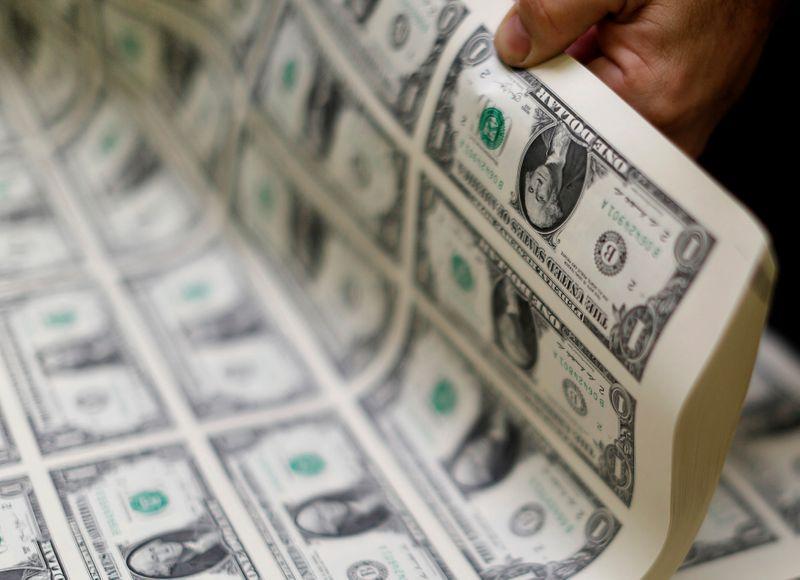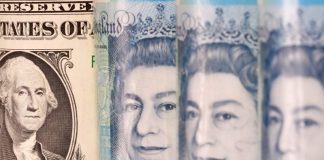Money markets are now fully pricing in a 25 basis point cut in the Fed’s rate by April and three by March next year.
Expectations for a European Central Bank rate cut have also risen: money markets are now pricing in a more than 80% chance of a 10 basis point rate cut in July.
But analysts point out that with Fed rates much higher, and therefore the range for them to fall much larger, investors are dumping the dollar – reversing some of the U.S. currency’s gains in the past week.
“Rate cut expectations have gained momentum and U.S. rate expectations are falling a lot more than they are in the euro zone,” said Thu Lan Nguyen, an analyst at Commerzbank.
However, Nguyen said whether or not the dollar, which last week touched an almost 3-year high, would fall further depended on economic data on the coronavirus’s impact on confidence and trade outside of China.
The dollar index, measured against a basket of currencies, was last down 0.4% at 98.783, its weakest since Feb. 12.
It has lost 1.2% since last week, when its safe haven currency credentials and investors’ belief that the U.S. economy was relatively sheltered from the coronavirus fallout encouraged buying of the greenback.
The euro added 0.5% to $1.0939. Last week it had dropped below $1.07, although it still remains down 2.4% so far in 2020.
“The dollar doesn’t look so safe if we are dealing with the spread of the virus in the United States,” said Yukio Ishizuki, foreign exchange strategist at Daiwa Securities in Tokyo.
“The are some concerns that the U.S. government is underestimating the coronavirus.”
New infections of the virus are now growing faster outside of China than within, stoking fears that the economic impact of travel curbs, supply chain disruptions, and falling demand might be far greater than previously anticipated.
Investors have rushed for the safety of U.S. government debt. Benchmark 10-year U.S. Treasury yields slumped to a record low of 1.2970% in Asia on Thursday.
The dollar dropped 0.5% to 109.93 Japanese yen per dollar.
Elsewhere the pound rose 0.3% to $1.2942. Sterling hovered near a two-week low versus the euro, at 84.52 pence per euro.
The new round of talks between Britain and the EU is scheduled to start on Monday, but comments from both sides suggest their views on the scope of a fee-trade agreement differ greatly.
The Australian dollar, seen as a proxy for investor sentiment towards China, rebounded 0.5% to $0.6571, away from 11-year lows touched this week.

























